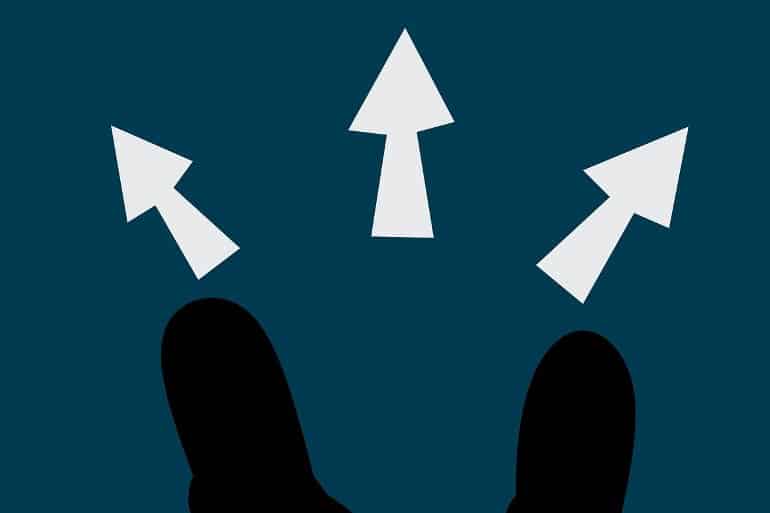Summary: A new theory of decision-making helps explain why humans often make decisions that are simply adequate, not optimal. According to the theory, people often use relative thinking when they should use absolutes, and vice-versa.
Source: Rensselaer Polytechnic Institute
A new theory of economic decision-making from Mina Mahmoudi, a lecturer in the Department of Economics at Rensselaer Polytechnic Institute, offers an explanation as to why humans, in general, make decisions that are simply adequate, not optimal.
In research published today in the Review of Behavioral Economics, Dr. Mahmoudi theorizes an aspect of relative thinking explaining people may use ratios in their decision-making when they should only use absolute differences. The inverse is also possible.
To explain this behavioral anomaly, Dr. Mahmoudi has developed a ratio-difference theory that gives weight to both ratio and difference comparisons. This theory seeks to more accurately capture the manner by which a boundedly rational decision-maker might operationally distinguish whether one alternative is better than another.
“Effectively solving some economic problems requires one to think in terms of differences while others require one to think in terms of ratios,” Dr. Mahmoudi said.
“Because both types of thinking are necessary, it is reasonable to think people develop and apply both types. However, it is also reasonable to expect that people misapply the two types of thinking, especially when less experienced with the context.”
Past studies have shown that when given the opportunity to save, for example, $5 on a $25 item or a $500 item, people in general would put in more effort to save the money on the lower-cost product than the more expensive item.

They believe they are getting a better deal because the ratio of cost to savings is higher. In fact, the $5 saved is the same for both items and the perfect, or optimal choice, would be to look at the absolute savings and work equally hard to save each $5.
People should use differences to solve this problem, but many seem to make unreasonable decisions because they apply ratio thinking.
“Understanding how the cognitive and motivational characteristics of human beings and the operating procedures of organizations influence the working of economic systems is of critical importance,” Dr. Mahmoudi said.
“Many economic behaviors such as imitation occur and many economic institutions like inventories exist because people cannot maximize or because markets are not in equilibrium. Our model provides an example of a behavior that occurs because people cannot maximize.”
This model can be applied to a variety of behavioral economic experiments in the gambling industry and financial markets among others.
The paper, “A Ratio-Difference Theory of Choice,” was co-authored by Mark Pingle from the University of Nevada-Reno and Rattaphon Wuthisatian from Southern Oregon University.
About this decision making research news
Author: Jeanne Hedden Gallagher
Source: Rensselaer Polytechnic Institute
Contact: Jeanne Hedden Gallagher – Rensselaer Polytechnic Institute
Image: The image is in the public domain
Original Research: Closed access.
“A Ratio-Difference Theory of Choice: An Article Written to Honor Richard Hollis Day” by Mina Mahmoudi et al. Review of Behavioral Economics
Abstract
A Ratio-Difference Theory of Choice: An Article Written to Honor Richard Hollis Day
We humans find it difficult to comprehend the magnitude of one thing without comparing the magnitudes of two things. When we compare two magnitudes, we tend to use ratios and differences. This suggests a procedural theory of decision making should contain the possibility of using ratios and differences in the process.
Here, we present a “ratio-difference” theory of decision-making.
We illustrate that a procedural decision theory that gives weight to ratio comparisons and difference comparisons has the potential to not only provide standard choice theory conclusions but also explain a number of decision anomalies.







